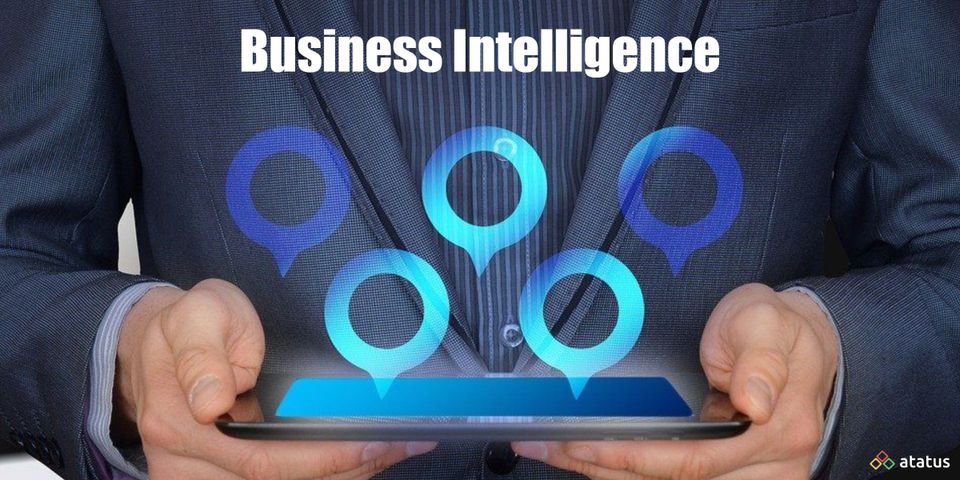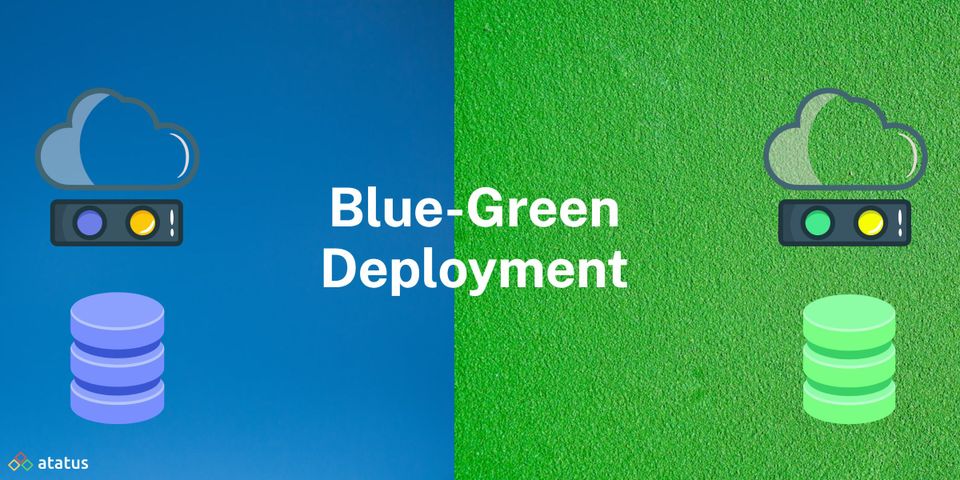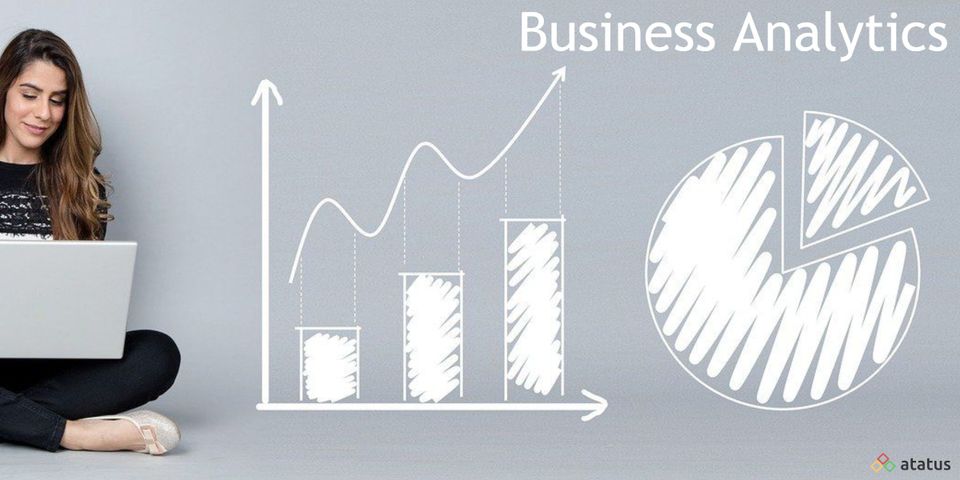Running a business today is no longer the same as it once was. Many routine tasks can now be completed and even done digitally. It's hard to picture a successful company that doesn't use technology in some way. You need the power of business technology if you want to boost efficiency, deliver better products and services, track sales and assets, and market successfully.
We will go over the following:
- What is Business Technology?
- Common Types of Business Technology
- Benefits of Business Technology
- How do Companies Use Business Technology?
What is Business Technology?
Business technology is a method of organizing and coordinating technology management throughout an organization. It is a combination of management strategies, tools, organizational structures, and technological governance aimed to ensure that the use of technology across the enterprise is optimized with the overriding goal of meeting customer demands and expectations. Most companies recognize that they must continually challenge not only their competitors but also themselves in order to enhance their consumers' perceptions and their capacity to meet market demand.
Since then, a lot of work has gone into attempting to "contain" information technology, ensuring that it is under the authority of IT teams and that spending is kept under control. Of course, cost control is a critical discipline, but digital has liberated technology and made it publicly available, making it impossible for a single department to effectively manage.
Today's IT department should collaborate with other business sectors to make their expertise available, while also embracing customer-centric, revenue-generating, and product-development disciplines from other parts of the company. This isn't a one-way street; marketing departments, for example, must embrace the technology management capabilities at their disposal to avoid spiralling costs or the installation of solutions that aren't compatible with the rest of the internal ecosystem.
Common Types of Business Technology
Here is a list of the most common types of business technology to assist you in making the shift from traditional practices to modern-day techniques:
Computers
Computers are utilized in a variety of enterprises. They have software that allows them to execute a wide range of tasks such as analysing financial information, sending and receiving emails, and designing sales presentations. The computer is available as a desktop computer or a portable laptop for use in the office or when traveling.
Software
To do specific activities, computers need several types of software, which include applications and operating information. Microsoft Word, a word processing package, and Microsoft Excel, a financial spreadsheet system, are used by businesses. Microsoft PowerPoint and Apple Keynote are also used to create professional-looking sales presentations fast and easily. Businesses utilize software that is tailored to their requirements.
Networking
Networking is a method of interacting with groups of people in order to share information and documents, store data and send emails. It also enables the sharing of a printer or storage device between PCs. A network might be limited to computers within a single office or connected to multiple offices. Businesses need networking since it allows them to form contacts with others in their connected sectors in order to find new clients and partners, as well as expand.
Telephone Communication
Establishing commercial ties requires effective communication. As a result, businesses connect with customers and organizations via a telephone system. This allows for quick, efficient, and personal dealing with customers. Great customer service and effective communication with your staff will help your company develop a strong reputation and expand in the long run. There are currently commercial telephone systems that have a number of functions to meet a company's demands.
Accounting System
An accounting system allows organizations to keep track of their expenses and revenue. Small businesses are the most common users of Quickbooks. It's easy to set up and maintain. Larger businesses, on the other hand, use SAP Business One or Sage Accpac, which allow for more flexibility and system connectivity. The ideal accounting system for your company is determined by its size and needs. Before making a decision, it's a good idea to talk to your accountant about your possibilities.
Inventory Control System
An inventory control system is used to manage a company's whole inventory. It accurately keeps track of products, including how much inventory is in stock, updating the system when the new inventory arrives as well as when it is sold, and keeping detailed records. To keep the proper balance of things in their warehouse, understand what they have, and examine their finances, businesses need an adequate and organized system to manage their inventory.
Customer Relationship Management Systems
A Customer Relationship Management (CRM) System keeps track of a customer's interactions with your business. The CRM system will track the customer's interactions with you from the minute you get information about them. When a customer calls to order a product or service or to ask for assistance or a technical query, the CRM system will tell the service representative when the items were shipped, what is back-ordered, and any previous discussions the customer has had with your organization.
Benefits of Business Technology
You'll discover lots of benefits to implementing business technology, including:
One of the greatest benefits of business technology is improved workplace communication. Connecting with colleagues has never been easier thanks to instant messaging apps, email, and conference software. Being able to receive real-time responses can assist in quickly resolving issues and increasing teamwork.
Another major benefit is security. Hackers' abilities have improved as technology has progressed. Since cyber-attacks are always a possibility, having security methods and software in place is critical to avoid becoming a victim. To offer continuous protection, security software should be updated and maintained on a regular basis.
Technology can also aid in increasing efficiency and productivity. Businesses can use a variety of automated software packages. This aids in the acceleration of activities while also decreasing human error and increasing efficiency. As a result, productivity is increased.
Finally, business technology can aid in cost-cutting. This is a benefit that all companies can support. It can not only save you money, but it can also help you make more money because of the increased productivity and efficiency.
How do Companies Use Business Technology?
Information technology used in a commercial setting is known as business technology. The use of computers to store, receive, send, and manipulate data, as well as to execute operational tasks that need computational resources, is referred to as information technology.
In general, enterprise organizations have three alternatives for deploying business technology using IT infrastructure: On-premise IT, Third-party Hosting, and Cloud Deployment.
#1 On-premise IT Infrastructure
On-premises deployment was the primary choice for establishing IT infrastructure decades ago when businesses were first adopting information technology and integrating it into their fundamental business models. Rather than being hosted on an external server or in the cloud, on-premises software is housed in physical data centres that are owned, leased, and managed by the company. The primary advantage of on-premise IT infrastructure is that the company retains complete and comprehensive control over the management, configuration, and security of the hardware and software infrastructure, as well as any applications hosted on it.
#2 Third-Party Hosting
An enterprise can contract with a third-party hosting provider to offer the IT infrastructure to host a certain application or service as an alternative to establishing its own IT infrastructure. The organization is not required to invest capital in the creation of its own IT infrastructure under this strategy. They could instead pay a monthly or annual price for a dedicated server to host the desired application or service. Data storage and administrative activities such as security monitoring and application upgrades may also be handled by third-party hosting companies.
#3 Cloud Computing
Cloud computing is the newest way that businesses are gaining access to IT infrastructure. Cloud computing is an IT delivery strategy in which computer resources such as data storage and processing power are made available through the internet. Organizations can choose from three different cloud service deployment options today.
- A private cloud, also known as an internal or corporate cloud, is a cloud deployment over a private network that only one corporation or business entity may access.
- Public cloud resources are dynamically provided, the same server could be utilized to host many enterprises' applications or store data.
- Some applications are in the public cloud, while others are in the private cloud, and at least some API connections must be available to allow them to communicate with one another in a hybrid cloud environment.
Conclusion
The collaboration between the business and technology divisions in many organizations is not ideal, despite the fact that it could lead to better business outcomes. To address this, business executives must foster a collaborative culture inside their organizations, ensuring that technology management abilities are adequately utilized across all business divisions. This changing world necessitates that your company is structured in such a way that it can maximize business potential, respond quickly to opportunities, and drive continuous improvement and change.
Monitor Your Entire Application with Atatus
Atatus provides a set of performance measurement tools to monitor and improve the performance of your frontend, backends, logs and infrastructure applications in real-time. Our platform can capture millions of performance data points from your applications, allowing you to quickly resolve issues and ensure digital customer experiences.

Atatus can be beneficial to your business, which provides a comprehensive view of your application, including how it works, where performance bottlenecks exist, which users are most impacted, and which errors break your code for your frontend, backend, and infrastructure.





